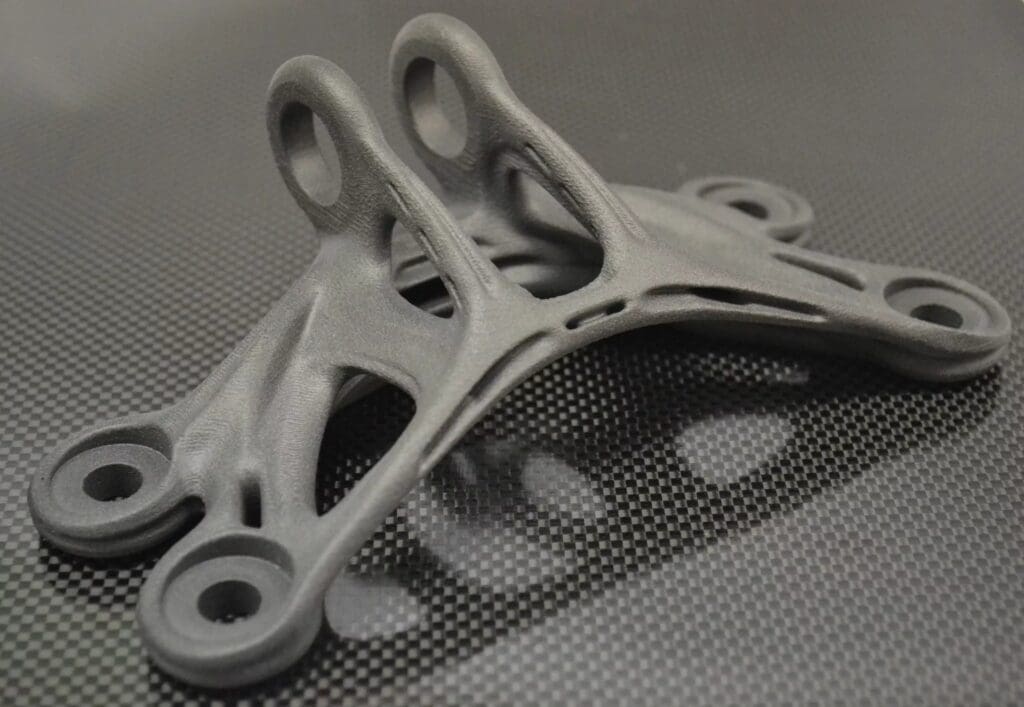Selective laser sintering, better known as SLS 3D printing, is an innovative additive manufacturing method that produces accurate, functional parts across a wide range of plastic, metal, ceramic, and alloy materials. As an advanced, versatile production technology, SLS offers many advantages. In this guide, we’ll explore the key benefits of SLS technology and provide tips for maximizing its potential for your applications.
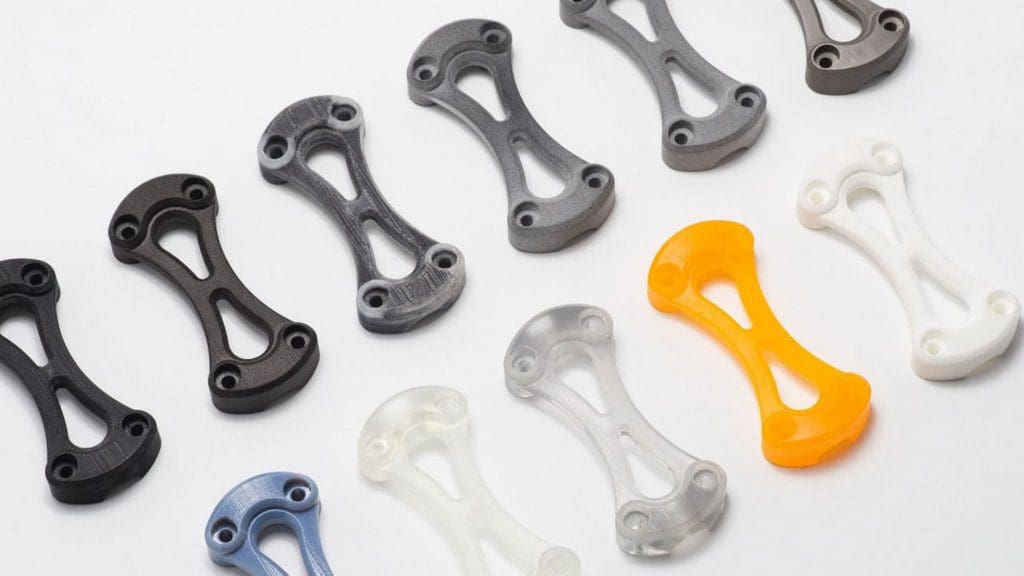
How SLS 3D Printing Works
SLS belongs to the powder bed fusion family of 3D printing processes. It works by using a high-powered laser to selectively fuse small particles of material powder together layer-by-layer to build a part.
Here is an overview of the SLS printing process:
- A thin layer of powder is evenly spread over the build platform using a recoater arm or roller mechanism.
- A laser beam traces the cross-section of the part, sintering powder in the areas that correspond to the part geometry.
- The build platform lowers by one layer thickness. New powder is applied on top.
- Steps 2-3 repeat until the complete 3D object has been fabricated inside the powder bed.
- Unfused powder acts as support during printing and is removed afterwards, revealing the finished part.
This process enables complex geometries without dedicated support structures. The powder bed also allows for controlled porosity and composite materials.
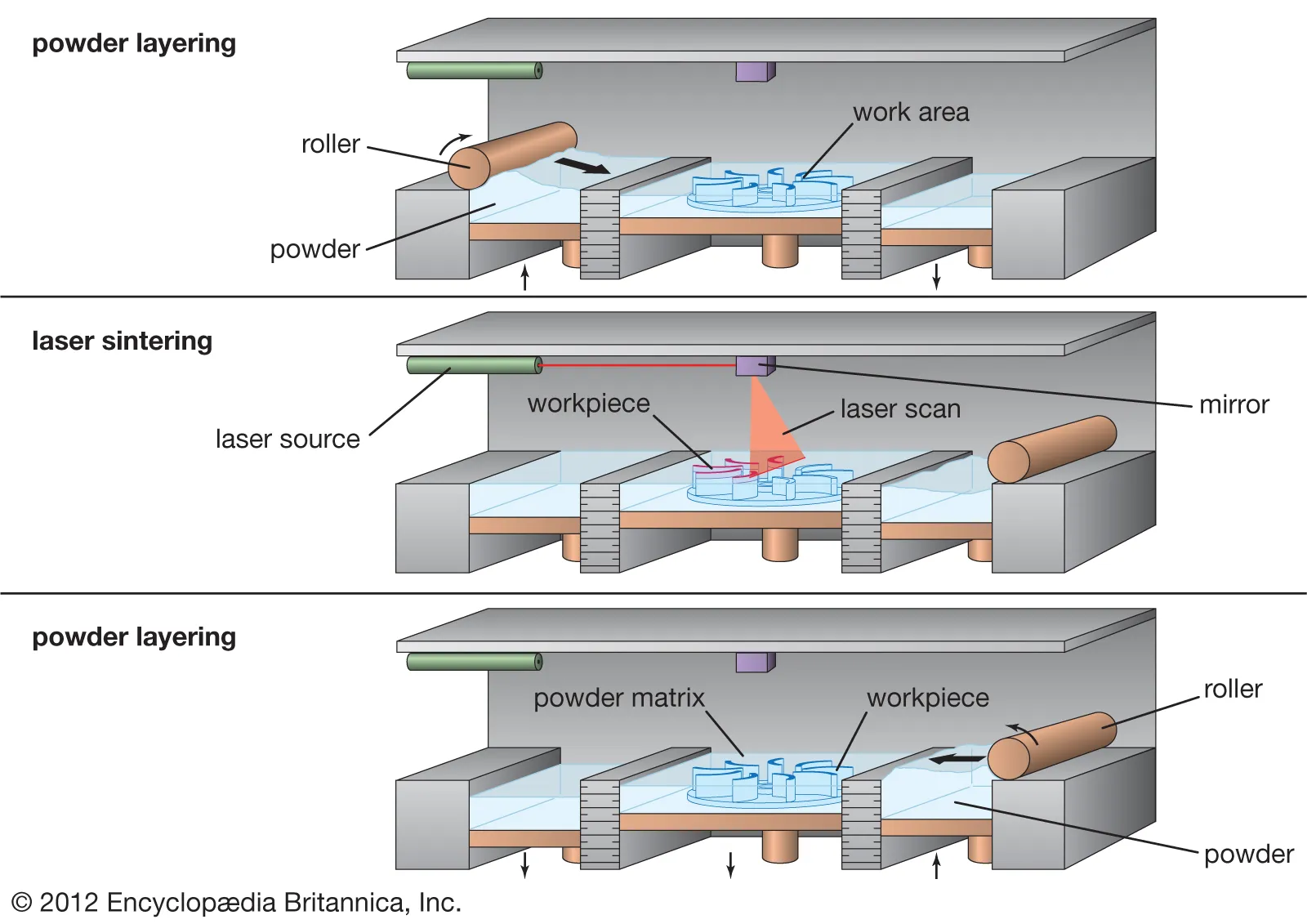
Key Benefits of SLS 3D Printing Technology
Here are some of the major advantages that make SLS a highly valued production method across industries like aerospace, automotive, medical, and consumer products:
1. Excellent Mechanical Properties
SLS produces dense, durable parts from engineering thermoplastics like nylon, which have excellent mechanical characteristics like high strength, toughness, thermal resistance and chemical stability.
Metal powders can be processed into strong functional components as well. The layered build minimizes anisotropy issues relative to traditional methods.
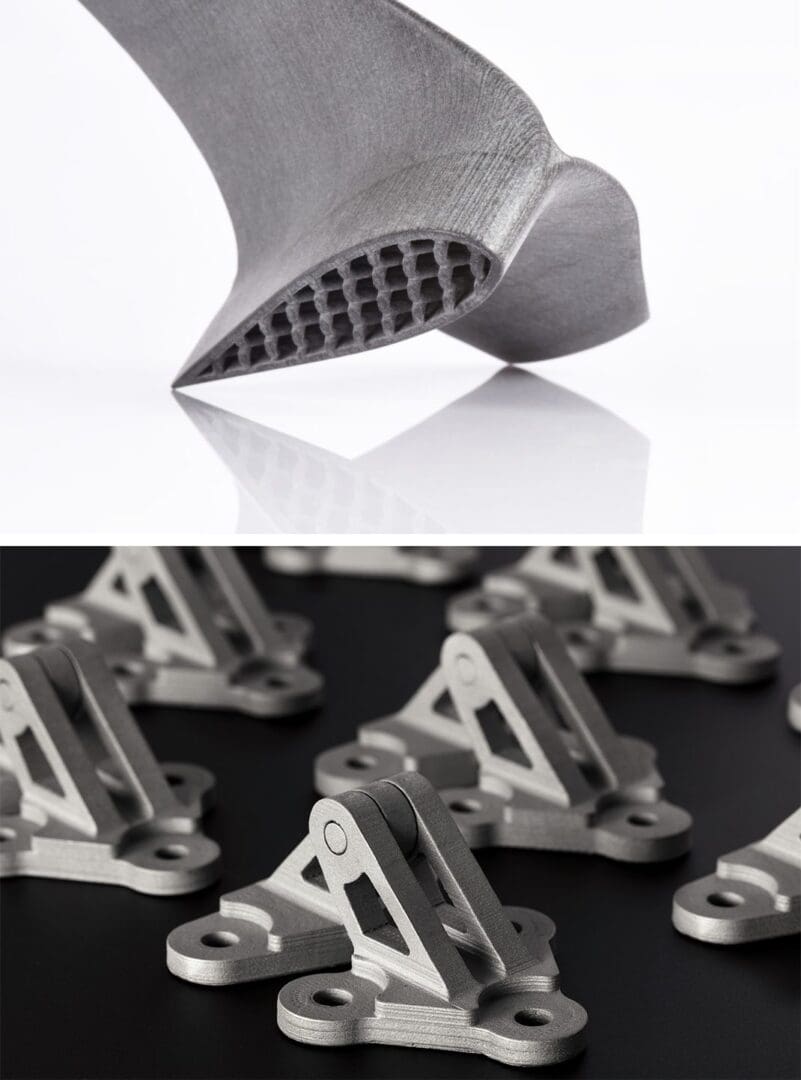
2. Complex Geometries Without Supports
The surrounding powder bed provides support during printing, enabling undercuts, interior channels, and complex or delicate structures that would be impossible with other technologies. No additional support structures are required.
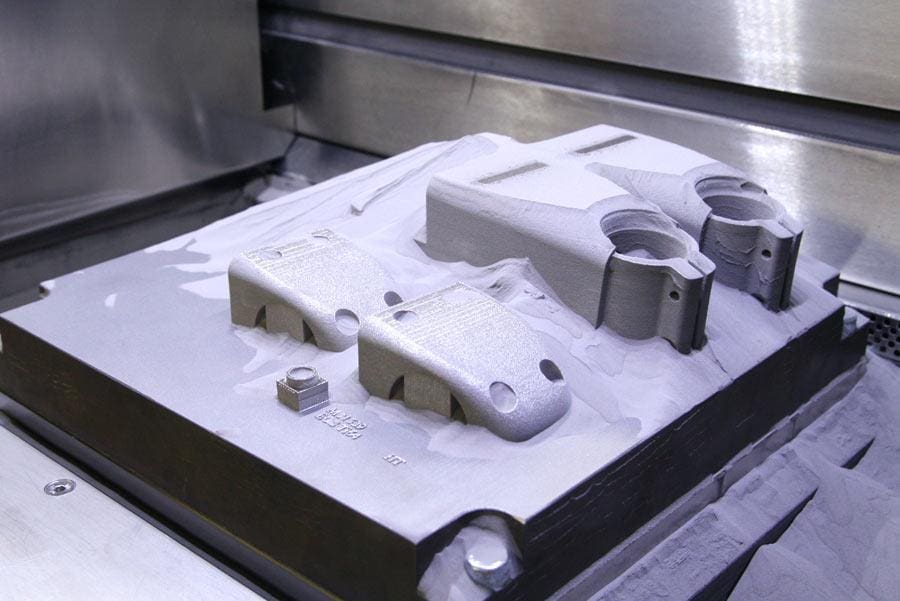
3. Accuracy and Surface Finish
SLS thermoplastic parts achieve detail resolution down to 0.15mm and accuracy up to ±0.3mm, providing precision suitable for many end-use applications. While the surface finish is not as smooth as SLA, SLS can meet requirements with secondary finishing.

4. Customizable Properties
Density, porosity, surface textures, and even material gradients can be tuned by altering laser parameters. This allows customization for factors like weight, strength, thermal behavior, and aesthetics.

5. Cost Effectiveness at Scale
SLS becomes highly cost efficient at production volumes, with lower costs per part than injection molding in many applications. The minimal assembly and forgiving design rules also save expenses.
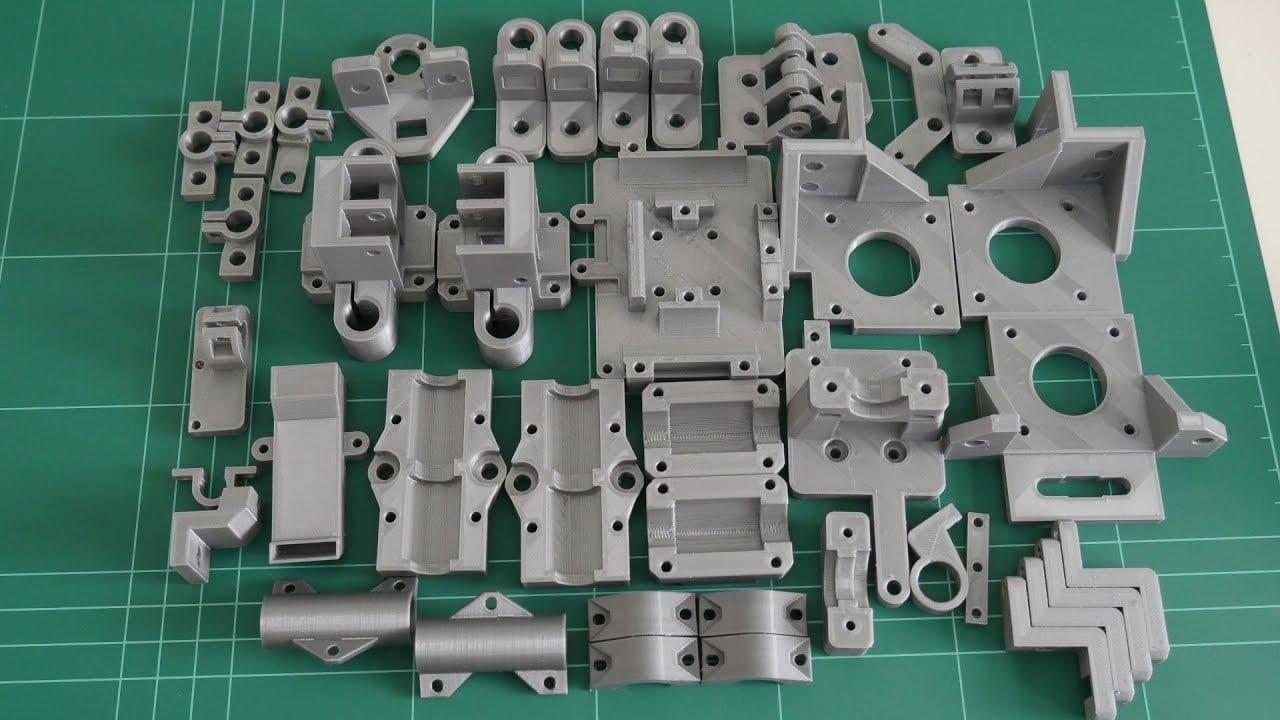
6. Material Flexibility
A wide range of plastic, metal, ceramic, and composite powders can be processed, providing great flexibility. Fillers like glass beads or carbon fibers can be added as well. No support structures constraints material options.
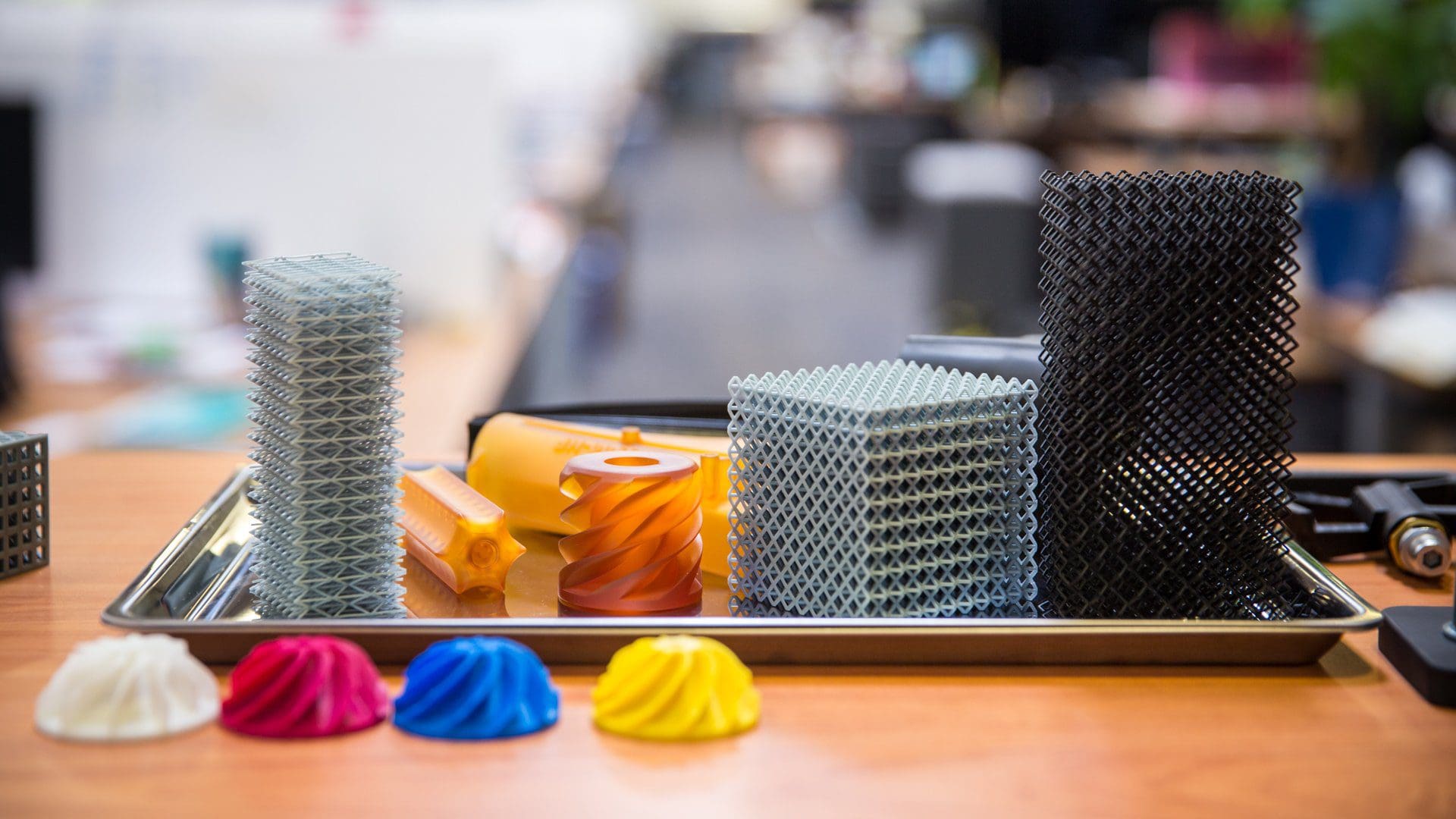
7. Ease of Use and Post-Processing
SLS involves less user intervention relative to SLA. Completed prints just require powder removal using vibrations, blasting, or suction. No hands-on support removal or washing is needed.

Ideal Applications for Leveraging SLS Capabilities
Here are some examples of product applications that can benefit tremendously from the advantages of SLS technology:
End-Use Functional Prototypes
SLS can produce durable, functional prototypes with the proper mechanical properties and accuracy for real-world testing and validation. This provides huge time and cost savings over traditional prototyping techniques.
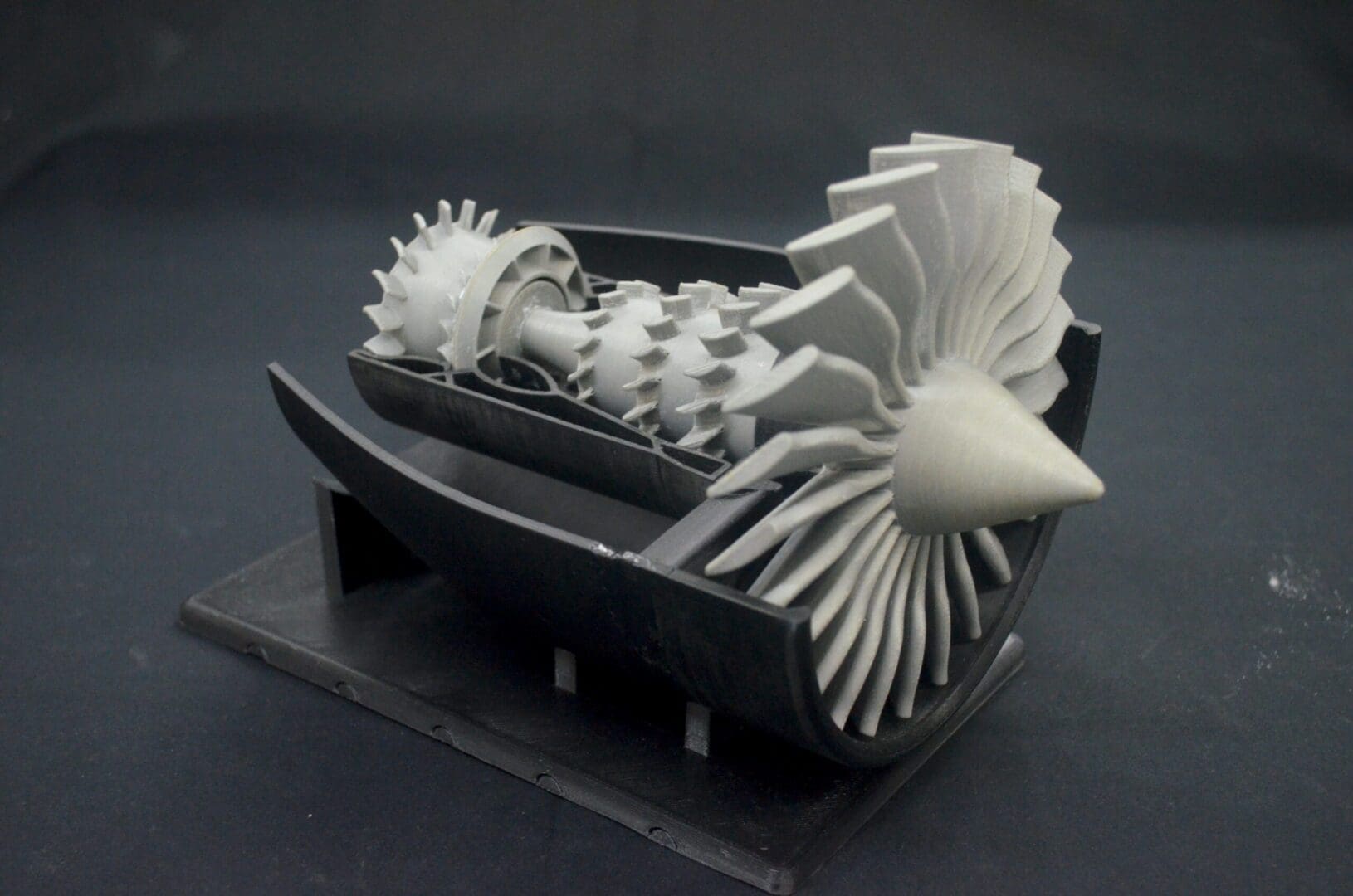
Low-Volume Manufacturing
The process is economical for short production runs of customized parts or products, making SLS ideal for on-demand or low-volume manufacturing.
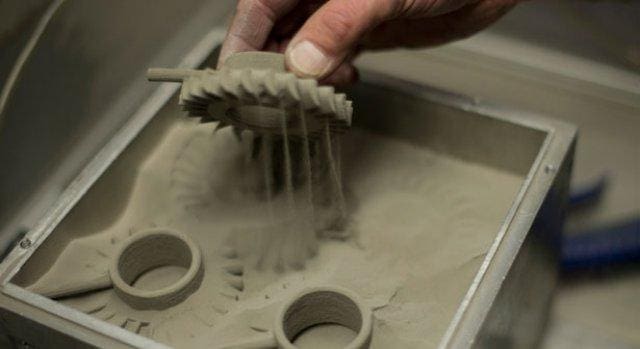
Complex Geometries
Intricate shapes with undercuts or negative features print reliably without auxiliary supports thanks to SLS powder bed capabilities.

Components with Interior Features
The technology excels at fabricating complex internal channels and structures that are difficult or impossible to manufacture traditionally.
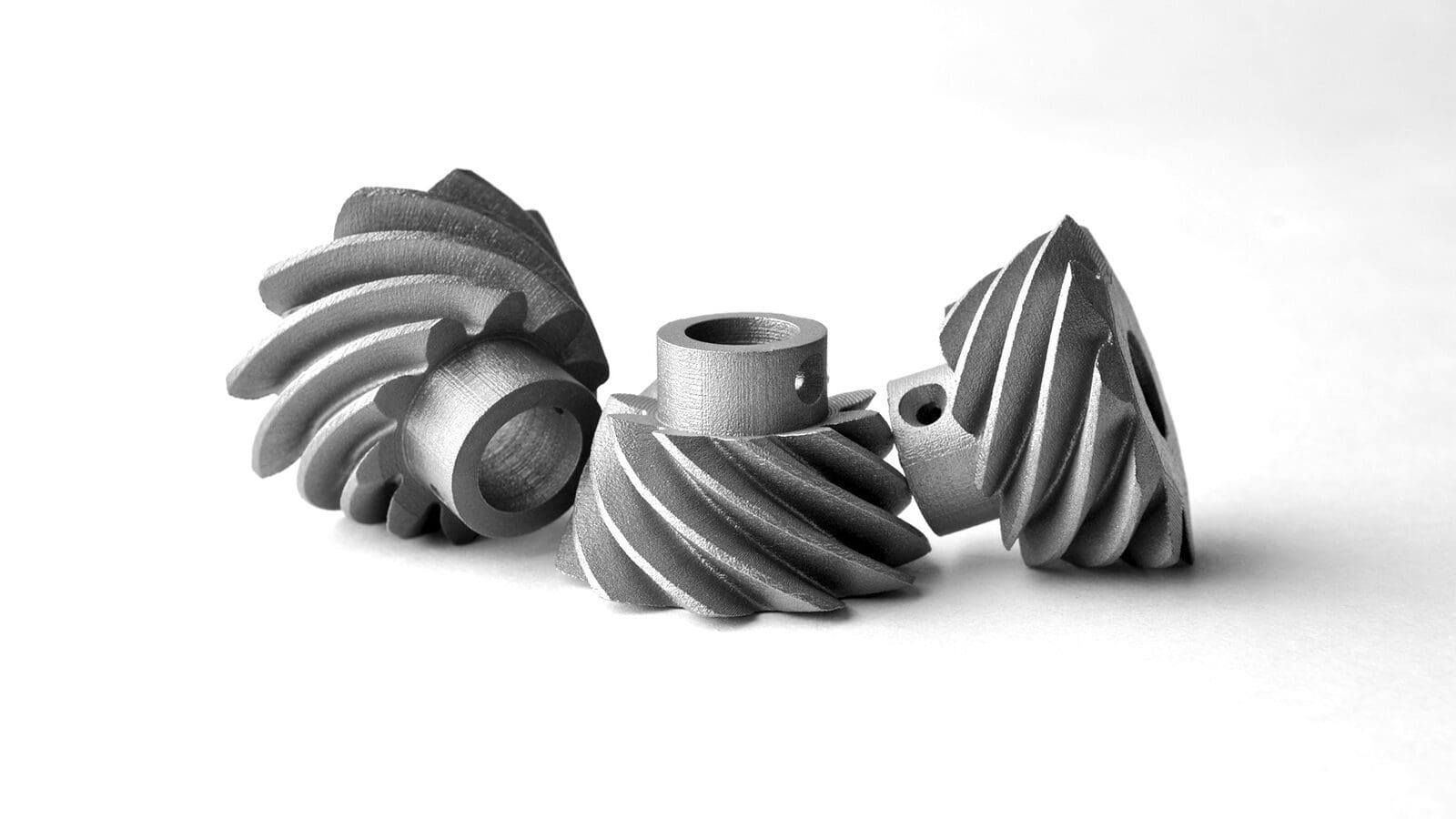
Lightweighting Parts
Combining printed lattices and thinner walls with dense sections allows substantial weight reductions while retaining strength and functionality.
Conformal Cooling Channels
SLS can incorporate advanced cooling lines in injection molds to significantly improve cycle times, quality, and cost.
Custom Porosity for Implants
Tailored microstructures and controlled pore size/distribution is possible by adjusting laser parameters, creating enhanced bone in-growth.
High Heat Resistance
Thermoplastic and metal materials processed via SLS offer superior thermal resistance for applications like engine and aerospace components.
Best Practices for Maximizing SLS Capabilities
Here are some recommendations for optimizing part designs and SLS processes to leverage the full potential:
- Minimize large solid cross-sectional areas to help control residual stresses and avoid cracking/warping.
- Include small holes, ribs, or lattices to allow powder evacuation and minimize trapped volumes.
- Orient parts to minimize unsupported overhangs and spans to prevent sagging or defects.
- Take advantage of design freedom to consolidate assemblies into single complex parts.
- Group similar components in build chamber to maximize material efficiency.
- Use lower densities or lattices only where needed to lighten, then reinforce critical areas.
- Consider surface treatments like sealing, coatings, or abrasive finishing to enhance wear resistance, aesthetics, etc.
The Future of SLS Printing Technology
SLS technology will continue advancing. Here are some exciting developments on the horizon:
- Larger build chambers will accommodate bigger parts and higher production volumes.
- Faster scanning galvo laser systems will increase build speeds, improving economics.
- Expanded material capabilities will enable new applications and industries.
- Powder recycling and handling will become fully automated for easier use.
- Additional lasers within printers will allow faster speeds and tunable properties.
- Integrated post-processing will reduce labor and improve surface finish.
- Design software will evolve for more efficient support-free printing and lightweighting.
SLS 3D printing provides unique capabilities that empower innovative designs and disruptive manufacturing solutions across diverse industries. The combination of excellent material properties, complex geometries, accuracy, customization, and scalability make SLS an extremely versatile and enabling production technology. By leveraging its key strengths and implementing design best practices, engineers can fully utilize SLS to create high-performance end-use components and cost-effective low-volume production runs.
